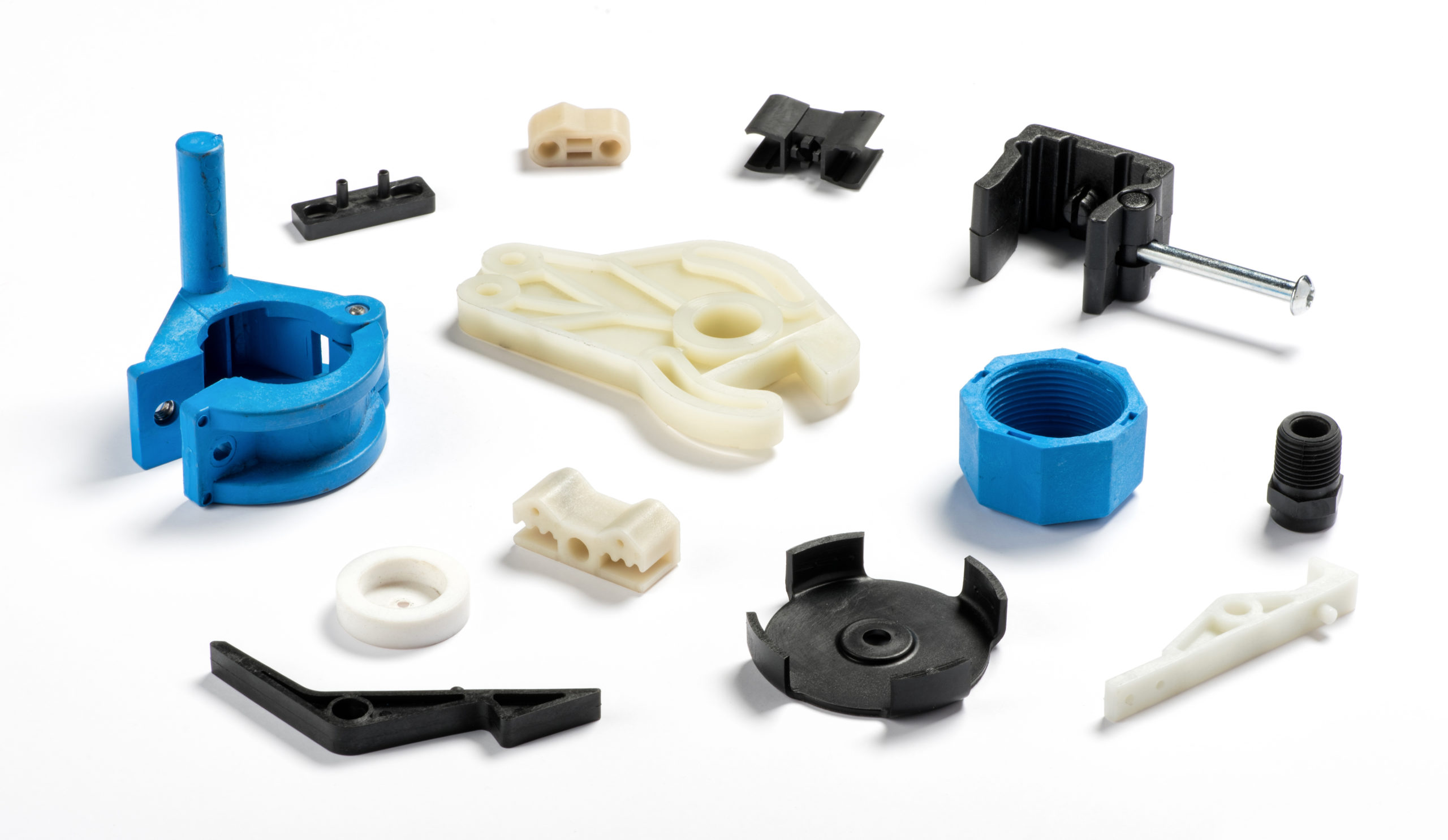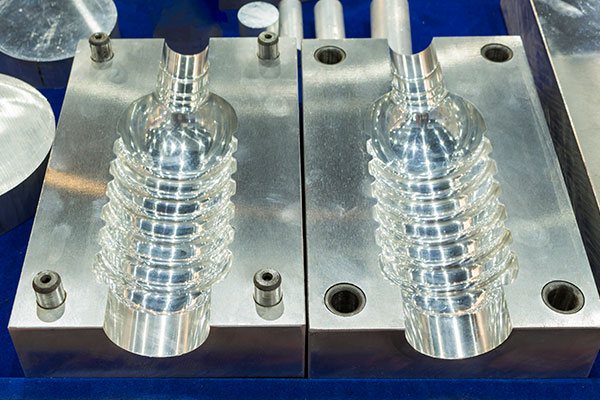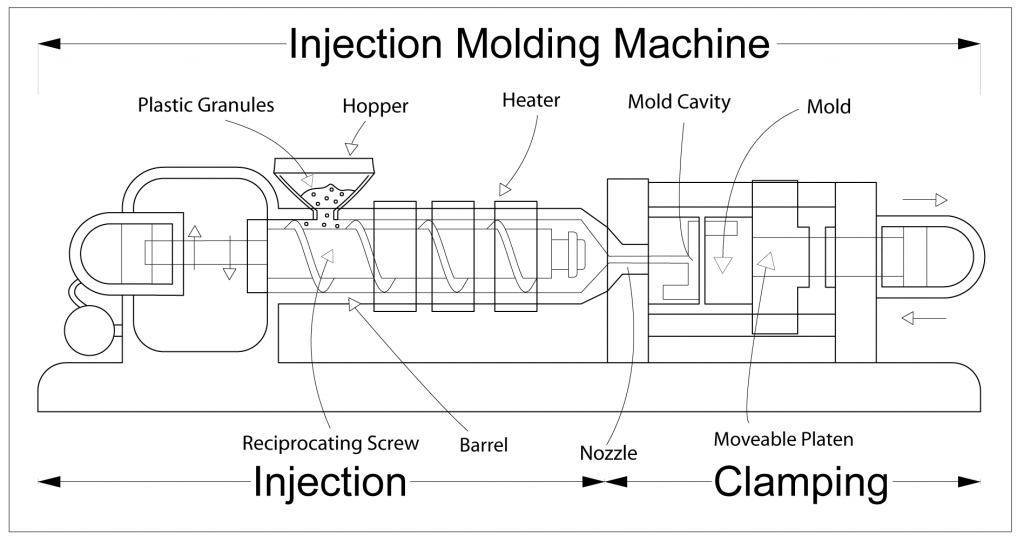Just How Plastic Injection Molding Drives Efficiency in Mass Production
Just How Plastic Injection Molding Drives Efficiency in Mass Production
Blog Article
Understanding the Fundamentals of Plastic Shot Molding Procedures
Plastic shot molding acts as a cornerstone of modern-day manufacturing, providing a methodical technique to generating complex components with precision. This procedure not just encompasses the basic steps of melting and injecting materials right into molds yet likewise entails a nuanced understanding of various affecting elements, such as temperature and stress. As sectors increasingly demand performance and high quality, the intricacies of this method become extra vital. Checking out these necessary elements might disclose how even small changes can cause significant renovations in production results, questioning about the potential for innovation in this established process.
What Is Plastic Shot Molding?
Plastic shot molding is a commonly used production process that transforms thermoplastic and thermosetting products into accurate and complex shapes. This strategy is favored for its capacity to create high quantities of similar parts with exceptional precision, making it an indispensable method in numerous industries, consisting of automobile, durable goods, and medical devices.
The procedure includes thawing the selected plastic material and injecting it into a mold and mildew under high stress. The mold, developed to the specifications of the desired component, enables the liquified plastic to form as it cools down and strengthens. Once the material has actually set, the mold is opened, and the completed part is expelled.
Plastic shot molding uses numerous benefits, including decreased waste, consistency in production, and the ability to include complex layouts that may be challenging with other making approaches. Additionally, it supports a broad variety of products, each giving special homes that can be customized for specific applications. As sectors continue to innovate, plastic shot molding stays at the center, making it possible for the growth of advanced products that satisfy developing consumer demands.
The Injection Molding Process
The shot molding procedure is an advanced method that includes several key stages to generate high-quality plastic parts. Originally, plastic pellets are fed right into a heated barrel where they are merged a viscous liquid. This molten plastic is after that infused under high stress into a precision-engineered mold, which forms the product into the preferred type.
As soon as the mold is filled up, the plastic is allowed to solidify and cool, taking the shape of the mold and mildew dental caries. Air conditioning time is important, as it impacts the cycle time and the final properties of the shaped part. After enough cooling, the mold opens up, and the finished part is ejected making use of ejector pins.

Materials Made Use Of in Shot Molding
Numerous materials can be used in the injection molding process, each offering special properties that cater to particular applications. The most typically utilized materials include thermoplastics, thermosetting plastics, and elastomers.

Thermosetting plastics, like epoxy and phenolic resins, go through a chemical adjustment during the treating procedure, causing a rigid, stringent framework. These products are perfect for applications calling for high heat resistance and structural stability, commonly made use of in electrical insulators and vehicle components.
Elastomers, consisting of silicone and rubber-based materials, offer versatility and strength. Their unique homes make them ideal for applications that require elasticity, such as gaskets and seals.
Additionally, specialty products like bio-based plastics and compounds are gaining traction for their environmental benefits and boosted efficiency features, broadening the scope of injection molding applications in various industries. Comprehending the buildings of these products is crucial for selecting the appropriate type for specific projects.
Advantages of Shot Molding
Shot molding sticks out as an extremely effective manufacturing process that provides many benefits for creating complicated parts with precision. One of one of the most substantial advantages is the capability to create intricate layouts that would certainly be difficult or impossible to attain with other methods (Plastic Injection Molding). The about his procedure permits tight resistances and in-depth functions, ensuring high-grade parts
Furthermore, injection molding is recognized for its fast manufacturing capacities, making it an optimal selection for high-volume manufacturing. As soon as the mold is created, components can be produced promptly, reducing preparations and enhancing overall performance. This efficiency not only decreases manufacturing expenses however likewise gives a competitive edge on the market.
The adaptability of materials utilized this website in injection molding better enhances its allure. A vast array of thermoplastics and thermosetting polymers can be used, permitting producers to select products that ideal satisfy their specific demands, including adaptability, strength, and heat resistance.
Moreover, the procedure minimizes waste, as excess product can often be recycled and recycled. This sustainability element adds to a minimized ecological effect, making shot molding a responsible production option. On the whole, the advantages of shot molding make it a preferred approach for many markets.
Variables Impacting Item Quality
While various elements can affect product top quality in injection molding, understanding these elements is crucial go for attaining ideal results. Key facets consist of product choice, processing specifications, and mold and mildew layout.
Product selection plays an essential function, as different polymers exhibit one-of-a-kind buildings that affect flowability, strength, and thermal security. Poor product option can result in problems such as warping or insufficient dental filling.
Handling specifications, including temperature, stress, and cycle time, must be diligently regulated. Variations in these settings can cause variances partly dimensions and surface area coating. As an example, excessively heats might cause destruction of the polymer, while inadequate stress can lead to short shots.
Mold design is similarly vital, as it establishes the circulation of the molten plastic and the cooling process. Inadequately created molds may cause uneven air conditioning prices, leading to dimensional inaccuracies and recurring stresses.

Conclusion
In conclusion, plastic shot molding offers as a crucial manufacturing process that allows the effective manufacturing of top notch parts. Proficiency of the shot molding procedure, consisting of the understanding of materials and the influence of various aspects on product quality, is important for accomplishing ideal results. The advantages of this approach, such as cost-effectiveness and layout adaptability, more highlight its relevance across multiple industries, strengthening its standing as a favored choice for high-volume manufacturing.
Plastic shot molding offers as a foundation of modern production, giving a systematic method to producing intricate elements with precision.Plastic shot molding uses several benefits, consisting of decreased waste, uniformity in production, and the capacity to include complex designs that might be challenging with other making techniques (Plastic Injection Molding). As sectors continue to introduce, plastic shot molding stays at the center, allowing the development of innovative products that fulfill developing customer demands
The injection molding procedure is an advanced method that entails a number of crucial stages to generate top notch plastic elements.In verdict, plastic injection molding offers as a crucial manufacturing process that makes it possible for the effective manufacturing of top notch components.
Report this page